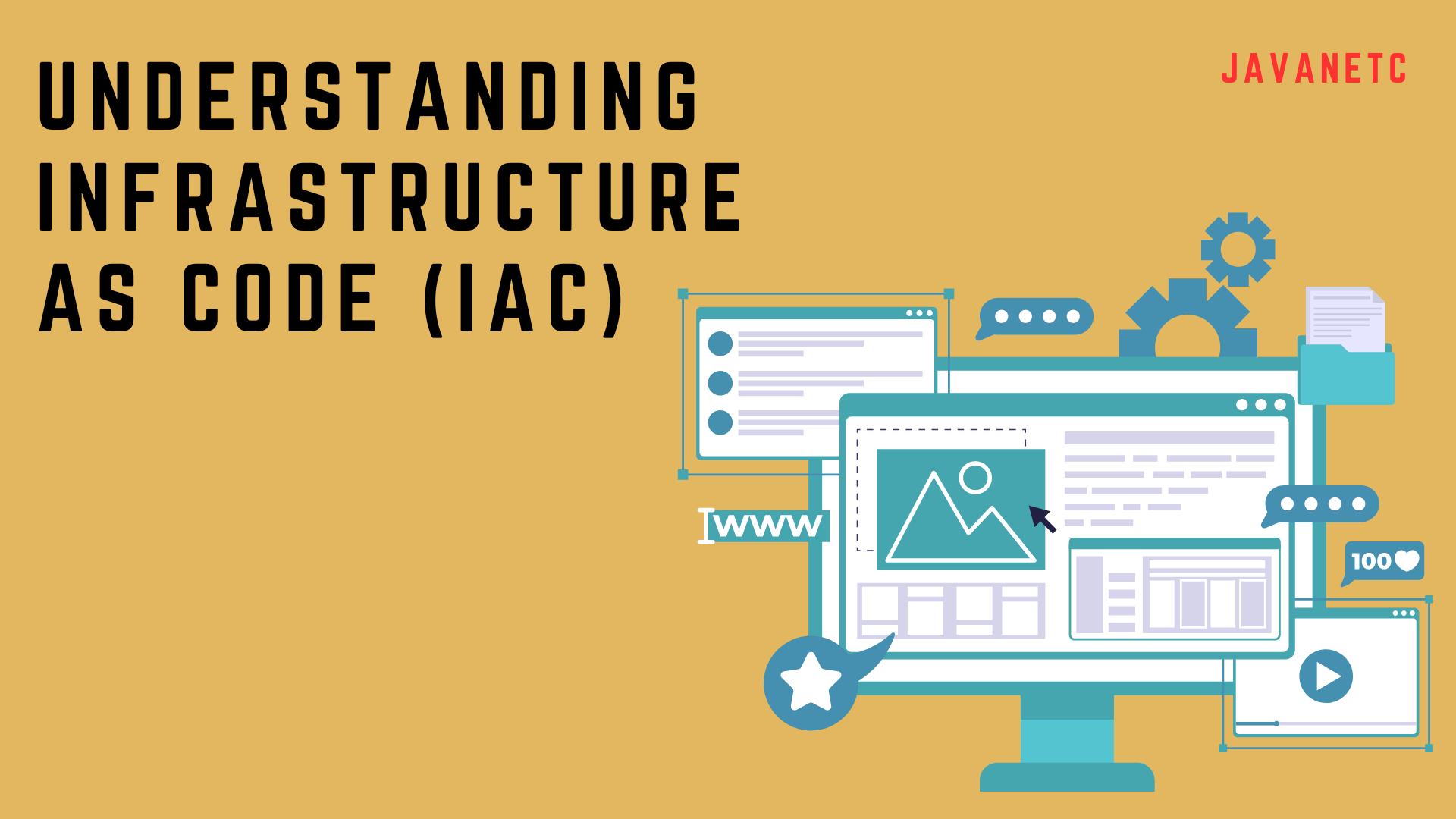Introduction
Infrastructure as Code (IaC) fundamentally transforms the management of IT infrastructure by allowing resources to be provisioned and managed through code. This approach replaces traditional manual processes with automated configuration files, ensuring consistent and reproducible environments. Tools like Red Hat® Ansible® Automation Platform exemplify this shift, streamlining the process of infrastructure management.
Table of Contents
Why does it Matter?
Infrastructure as Code (IaC) addresses the inefficiencies and challenges of manual infrastructure management in the modern age. Previously, companies incurred significant costs and time delays in building and maintaining infrastructure. Additionally, manual management often led to errors and accessibility issues. With IaC, these challenges are mitigated as code serves as both documentation and configuration, eliminating the need for separate documentation efforts. Moreover, by leveraging public cloud infrastructure, IaC offers increased speed, accessibility, and cost-effectiveness.
Benefits of Using Infrastructure as Code(IaC) with DevOps
- Improved Collaboration: Teams can collaborate more effectively by understanding business requirements, holding daily meetings, and adopting a common language for infrastructure configuration.
- Easy Automation: IaC enables streamlined infrastructure management and automation, enhancing the efficiency of the CI/CD model and reducing manual configuration efforts.
- Standardized Environments: IaC facilitates the creation of identical environments for development, testing, and production, ensuring consistency and reliability across deployments.
- Standardized Security: By codifying security measures and organizational policies, IaC helps ensure that resources are properly allocated and potential threats are identified and addressed.
Infrastructure as Code (IaC) DevOps Fundamental
- Version Control: Storing all code, configuration files, and templates in version control allows for easy tracking of changes and facilitates error identification and resolution.
- Test Changes: Implementing automated testing ensures that code changes are thoroughly checked for security and stability before deployment.
- Integration with CI/CD Pipeline: Integrating IaC with a CI/CD pipeline streamlines the deployment process and ensures that changes are validated and controlled effectively.
Common Challenges to Infrastructure as Code (Iac) in DevOps
- Human Error: Despite automation, human error remains a potential risk, highlighting the importance of quality code reviews and automated testing.
- Unauthorized Access: Access control measures are necessary to prevent unauthorized modifications and security breaches.
- Physical Server Access: While IaC reduces the reliance on physical servers, occasional maintenance may still require physical access.
- Multi-environment Challenges: Managing multiple environments and different cloud platforms requires careful planning and adaptation to varying security services and configurations.
Conclusion
Infrastructure as Code (IaC) revolutionizes infrastructure management by enabling automation, standardization, and collaboration among teams. With its benefits of increased speed, reduced costs, and improved accessibility, IaC has become an essential practice for modern IT operations.



